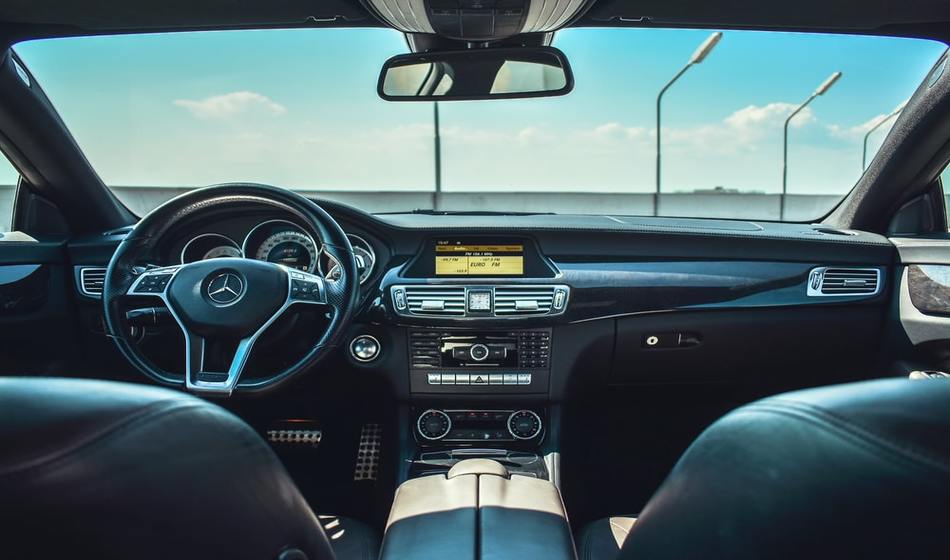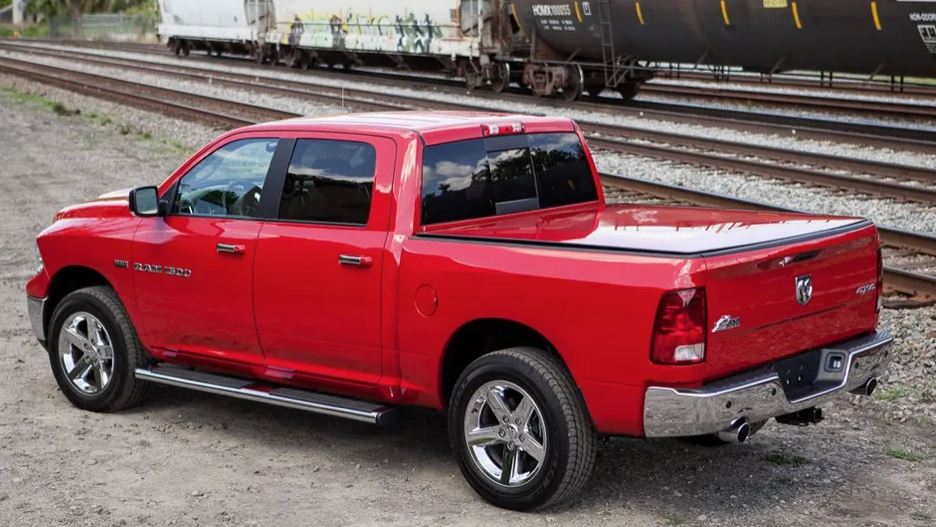
It is not unusual to get anxious before purchasing a second-hand product, especially if you are investing a whopping amount of money. Buying a used car from car dealers is something exactly like that. It may bring a lot of risks and problems if you don’t check the vehicle thoroughly beforehand. So, here is a complete used car checklist for the buyers who intend to go for such a deal with enough confidence and information. You are supposed to scrutinise every function of the car, as the seller is not bound to inform everything involuntarily. Different categories of cars, trucks, and SUVs demand different kinds of checklists. Here in this checklist, our experts have provided you with a complete buying guide and questions that you need to ask the owner, to purchase a sustainable product and take care of your pocket as well. So to help you in checking history to get a profitable deal, here are the handy car buying tips for you.
How Should I Check a Car Before Purchasing?
There are many steps of examining a used car. Apart from checking the basic exterior and interior parts, you need to go for a test drive, check the engine in detail, examine the exhaust smoke colors, etc are very crucial steps in the process. We will be dissecting the whole process in three primary stages - checking the construction and status of the exterior, the interior and then following some practical key steps.
Checking the Exterior Conditions
Getting double sure about the external parts of a car is a smart way to start the whole process of checking. The most important and basic things that you may want to inspect are the following-
The lid on the trunk of the car, the roof and the hood should be examined to see if there are any problems there.
Checking the number of tires that they have got can be an intelligent thing to do. Along with that check how much tread the tires have got, and what is the rubber quality of them.
Usually, you should expect four matching premium tires, especially if you are investing in a performance car. The tires should be even across the tread and the tread tops flat across the top.
One of the most important things to do here is to detect any kind of scratches, dents, rust or dust on the surface of the car and find out if those are caused by kerning on wheels.
Find out if there is any kind of waviness because that indicates body damage to the car.
The tires should not have any form of cuts, splits, gouges or bulges. Uneven tire wear also needs to be examined properly. If any of these problems happen to appear, then the tires need repairing or replacement, especially if the desired vehicle is a truck. especially if the desired vehicle is a truck, like Polaris Sportsman. In that case, you may consider buying new tires for your Polaris Sportsman.
Look for any other kind of external damage overall and see if those have been repaired recently. Large panel gaps can be the result of serious car crashes so be careful about that and be sure that there is no difference in the colors of the panels.
Examine if there is any chip on the windshield of the car. You should also look into the front and rear light to check if there are any chips or cracks in them.
Checking the Interior Conditions -
Not only the outer sections of the car, the interior parts can also cause inconveniences for you later if not checked properly earlier. You don’t want to leave the oil cap or upholstery unchecked, of course. So let’s jump into the list -
Checking for any type of dust in the engine would be one of the firstest duties of you as a customer.
See if there are any spots, stains or tears on the car seat.
Make sure there is no bad odour inside the car because a permanent smoking smell or anything like that can be quite difficult to put on with.
Not just smell, even the seats can carry some burn marks if the owner was a smoking person. So along with looking for any holes drilled in the dashboard and a sagging roof lining, check that as well.
Check all the internal organs of the car like, ventilation system, radio, steering wheel or central-locking to see if all of them are performing accordingly.
Basic Practical Key Steps in the Checklist

The performance of a car or truck is not all about the exterior and interior equipment. The fitness or performance depends on many other things. And to get them all in a boosted and sharp condition, you have to take some practical steps. Those steps are -
Test drive - May it be a new car or a used one, the moment every buyer cherishes the most is that of the test drive. After visually scanning the entire car, going for a test drive is a must. Through the test you can -
examine the response of the car during sharp turns and highway drives.
drive at various speeds and at the same time check the brakes, clutch as well as engine noise.
see if the air-conditioning, radio and all the other electronics inside the car work properly.
find out the mileage and the warning lights.
Documentation- Something that as a buyer you would wait the most for is that box of papers containing the history of the car. Every time the car has been repaired or every aftermarket auto parts that have been purchased for it, and the original model of the product - the box has stored it all.
Leak Test - During your test run you can easily check the leaking problem of the vehicle by running the car for merely 30 secs in a parking lot. If you notice any kind of leakage then, determine the problem by the color of the liquid.
For example, green fluid indicates leaking of the coolant or antifreeze and black fluid’s leakage indicates leaking oil. You should open the bonnet to check all the other types of leaks like a power steering fluid of reddish brown color.
Engine oil - Apart from all the leakage-related investigations, checking the engine and its oil is considered a general car maintenance process. The level of dipstick reading and consistency and color of the engine oil are necessary to be checked by the probable buyer. Along with these be cautious of any other form of dirt or grime.
Read reviews - If possible then read customer’s reviews on the dealers’ official website and on any other possible source found in Google.
Take enough time - This checklist doesn’t mean that you should purchase the very first vehicle that passes all the tests. Before taking the final decision, look at all your options. Otherwise, your bank account will make the ultimate sacrifice and still won’t be able to make you happy and satisfied.
Final Words
If you can thoroughly follow the used car checklist provided by our experts with patience then we can assure you of a great deal in buying the car of your choice. Both your yard will be showing its pride to have the desired car and your pocket will dance in happiness as well.